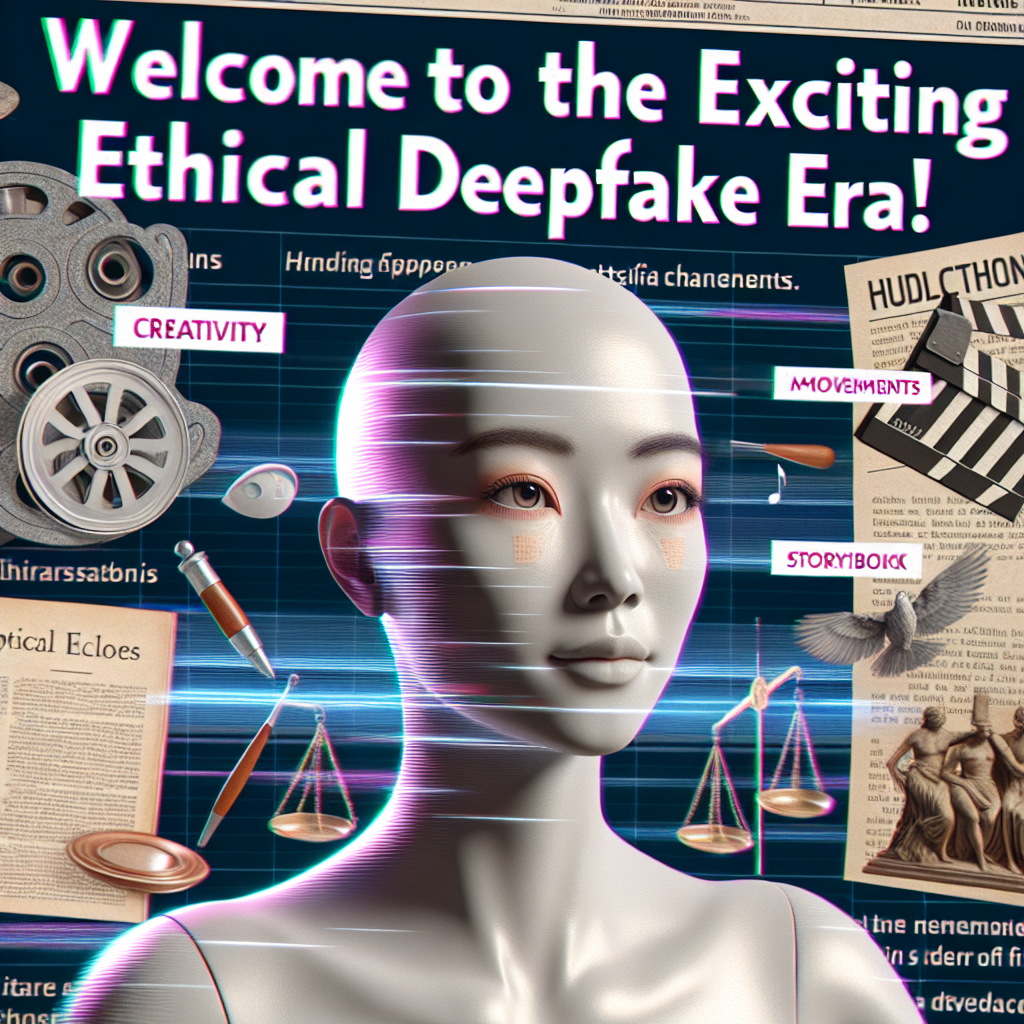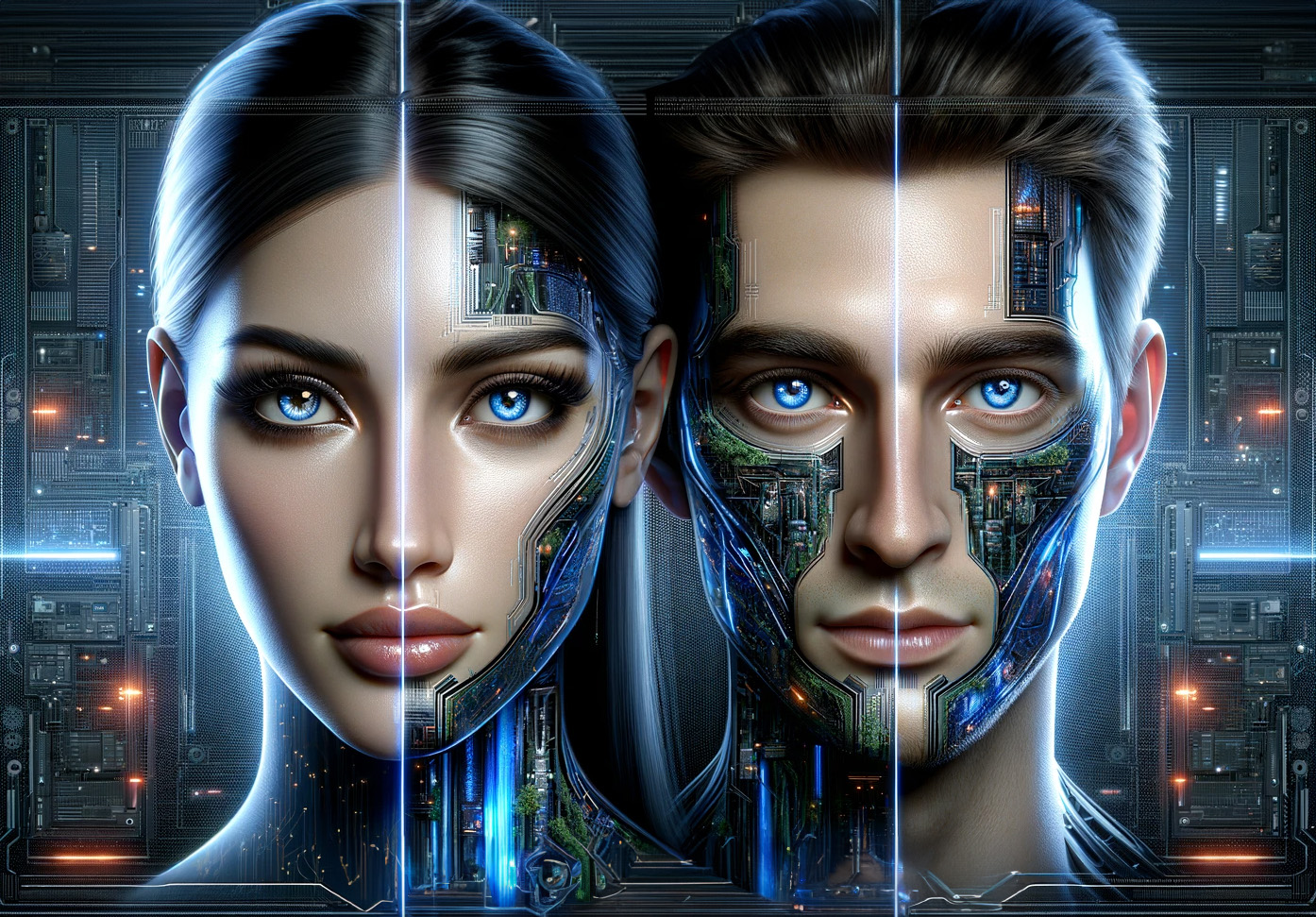The Rise of AI Video Animation and Deepfake Phenomenon
In recent years, the world has witnessed a remarkable advancement in artificial intelligence (AI) technology, particularly in the realm of video animation. AI video animation has revolutionized the way we create and consume digital content, offering endless possibilities and pushing the boundaries of creativity. However, alongside this progress, a darker phenomenon has emerged – deepfake. Deepfake refers to the use of AI to create hyper-realistic manipulated videos, often with malicious intent. This article aims to explore the fascinating world of AI video animation and deepfake, examining their implications, ethics, and future prospects.
Understanding AI Video Animation: A Glimpse into the Future
AI video animation is the process of using AI algorithms to generate lifelike animations and visual effects. By analyzing vast amounts of data, AI systems can learn to mimic human movement, facial expressions, and even generate entirely new animations. This technology has the potential to transform industries such as entertainment, gaming, advertising, and education. Imagine a world where animated characters can seamlessly interact with humans, enhancing our virtual experiences and blurring the line between reality and fiction.
Deepfake: Unveiling the Illusionary World of Synthetic Media
Deepfake, on the other hand, represents a darker aspect of AI video animation. It involves manipulating videos by replacing the face or voice of a person with someone else, often celebrities or public figures. The result is highly convincing videos that can spread misinformation, damage reputations, and even incite political unrest. The rise of deepfake poses significant challenges for society, as it becomes increasingly difficult to distinguish between real and fabricated content. The potential consequences of this technology can be far-reaching and demand urgent attention.
Ethics in AI Video Animation: Navigating the Moral Dilemmas
The rapid development of AI video animation brings forth a series of ethical considerations. One of the primary concerns is the potential misuse of deepfake technology for malicious purposes, such as revenge porn or political manipulation. The creation and dissemination of such content raise questions about privacy, consent, and the trustworthiness of digital media. Striking a balance between the freedom of expression and the protection of individuals is crucial in navigating the moral dilemmas associated with AI video animation.
The Artistry Behind AI Video Animation: Revolutionizing Creativity
While deepfake may have a negative connotation, AI video animation also offers exciting possibilities in the realm of creativity. Artists and designers are embracing this technology to push the boundaries of their imagination and create stunning visual effects. AI tools can generate realistic landscapes, characters, and animations, saving time and effort for creative professionals. The collaboration between human creativity and AI algorithms has the potential to revolutionize the way we approach art and design, opening up new avenues for innovation and expression.
Deepfake Detection: Unmasking the Deceptive Digital Realm
As deepfake technology becomes increasingly sophisticated, the need for effective detection methods arises. Researchers and tech companies are developing algorithms and tools to identify manipulated videos and expose the deceptive digital realm. By analyzing facial inconsistencies, unnatural movements, and other artifacts, these detection techniques aim to protect individuals and prevent the spread of misinformation. However, the cat-and-mouse game between deepfake creators and detection algorithms continues, highlighting the ongoing challenges in this field.
Implications of AI Video Animation: Impact on Industries and Society
The implications of AI video animation extend beyond the creative realm. Industries such as film, advertising, and gaming are embracing this technology to enhance their products and provide immersive experiences for consumers. However, the widespread adoption of AI video animation also raises concerns about job displacement, as certain tasks previously performed by humans may now be automated. Additionally, the impact on society, including the spread of misinformation and the erosion of trust, necessitates thoughtful regulation and education to mitigate potential risks.
Future Prospects: Unleashing the Potential of AI Video Animation
Looking ahead, the future of AI video animation holds immense potential. As technology continues to evolve, we can expect more realistic and interactive animations that seamlessly blend with the real world. However, addressing the ethical challenges and ensuring responsible use of these technologies is paramount. Striking a balance between innovation and safeguarding societal values will be crucial in unleashing the full potential of AI video animation and deepfake detection.
AI video animation and deepfake represent two sides of the same coin – the transformative power of AI technology. While AI video animation offers unprecedented creative possibilities, deepfake raises ethical concerns and challenges the authenticity of digital media. It is essential to navigate this complex landscape with caution, ensuring that the benefits of AI video animation are harnessed responsibly while mitigating the risks associated with deepfake. By understanding and addressing these challenges, we can shape a future where AI video animation enhances our lives without compromising our trust and security.


